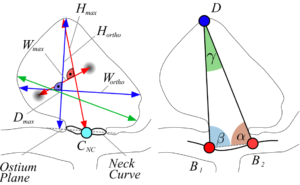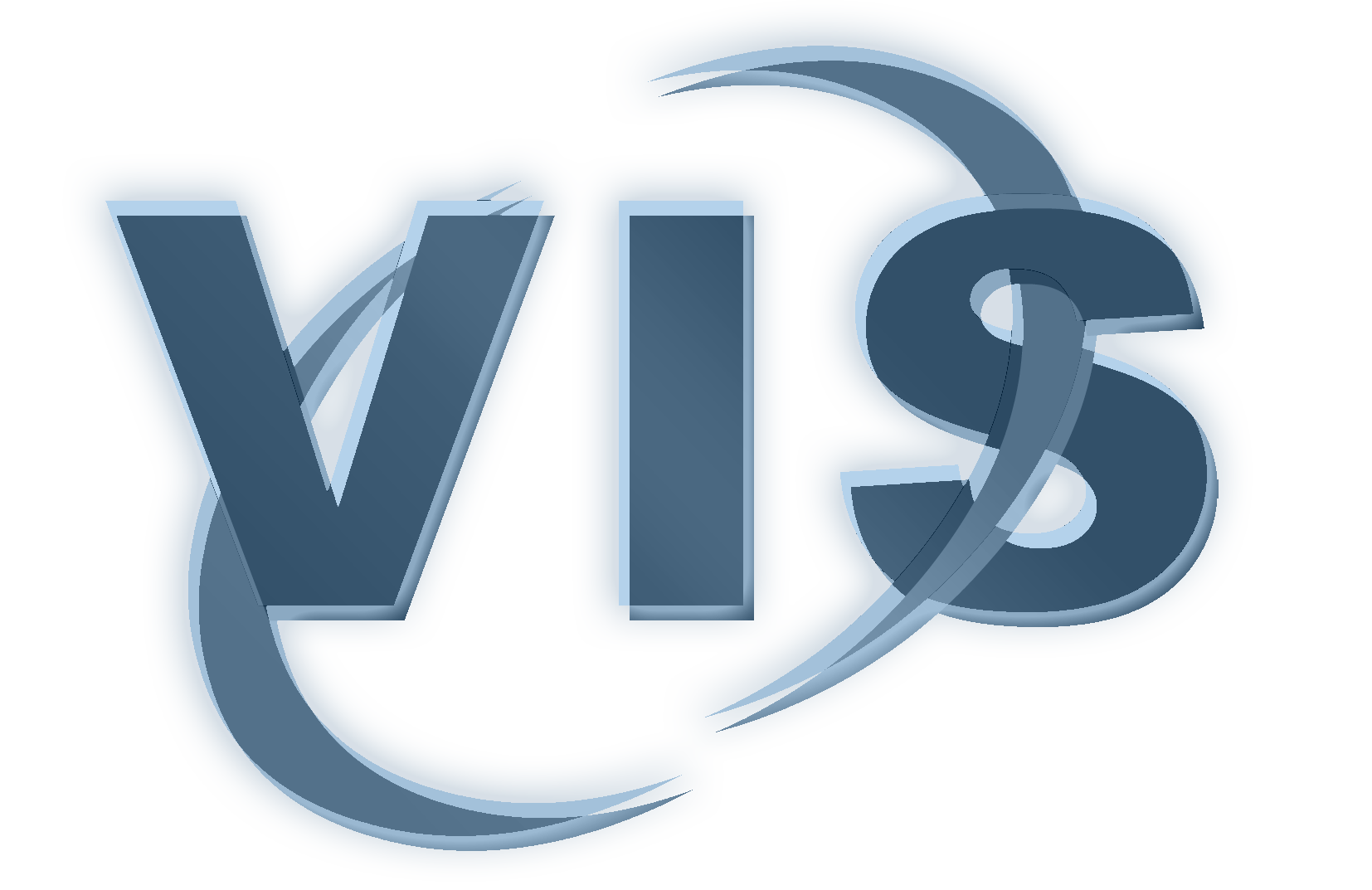 Intracranial aneurysms are pathologic dilations of the intracranial vessel wall. They bear the risk of rupture and thus subarachnoidal hemorrhages with often fatal consequences for the patient. Since treatment may cause severe complications as well, substantial research was carried out to characterize the patient-specific rupture risk based on various morphological and hemodynamic parameters. Clinicians often adapt their treatment decisions by analyzing similar pathologies and conditions with respect to their treatment outcome. For this purpose, we provide a reference database (serving as our training data set). The goal is to identify the most similar reference cases for a new aneurysm. The similarity comprises various factors, e.g. location of the aneurysm, size or previously extracted shape parametres.
Intracranial aneurysms are pathologic dilations of the intracranial vessel wall. They bear the risk of rupture and thus subarachnoidal hemorrhages with often fatal consequences for the patient. Since treatment may cause severe complications as well, substantial research was carried out to characterize the patient-specific rupture risk based on various morphological and hemodynamic parameters. Clinicians often adapt their treatment decisions by analyzing similar pathologies and conditions with respect to their treatment outcome. For this purpose, we provide a reference database (serving as our training data set). The goal is to identify the most similar reference cases for a new aneurysm. The similarity comprises various factors, e.g. location of the aneurysm, size or previously extracted shape parametres.
Questions: 1) Given an aneurysm of interest, which are the k most similar aneurysms from the training set (i.e. the reference database)? 2) How much more similar is an aneurysm of interest to its most/second-most/etc. similar aneurysm from the training set in comparison with the average similarity towards an arbitrary aneurysm? 3) How does similarity change when the value of feature F is altered to x?
Similarity calculation is dependent on the feature space. There should be two options for selecting an appropriate feature space: a) Supervised feature selection using a target variable (rupture status, course of treatment, …). Example: Correlation-based feature selection, b) Expert input. The medical expert (radiologist) selects a set of relevant features based on his knowledge.
The proposed Visual Analytics system should contain the following components: i) a G U I for comparing aneurysms based on the most important parameters and similarity as described above, ii) input panels for similarity calculations, iii) a radar chart like visualization for juxtaposing 2 or more aneurysms w.r.t. a set of features, iv) further components upon consultation.
Prerequisites
- Experience with R (preferred), Python or MATLAB
- Working knowledge of data mining
